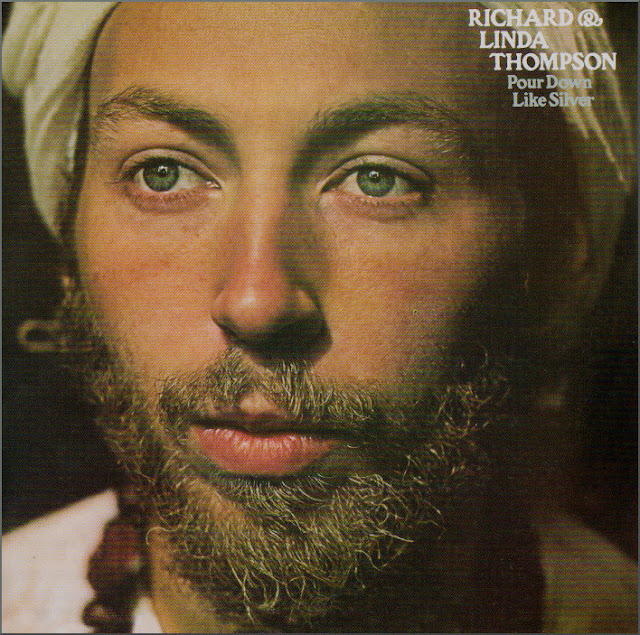Instrument of war

This harmonium was made by W.W. Putnam & Co of Staunton, Virginia and today is in the memorial chapel of the USAF 389th Bombardment Group at Hethel. The chapel is seen in the photo below and is a short distance from our house in Norfolk, England. Between 1943 and 1945 the 389th Group flew 321 missions from Hethel and 588 of their personnel were killed in the fight against the fascist powers.
The soundtrack for this post is the Erato recording with Michael Corboz and the Ensemble Vocal de Lausanne of Rossini's Petite Messe Solennelle which is scored for harmonium, two pianos and voices. (Trivia - John Barbirolli programmed the Petite Messe Solenelle in his 1938/9 season with the New York Philharmonic). Although Rossini's Mass is not particularly sacred there are many links between the harmonium and sacred music. The instrument was introduced into India in the mid-19th century by missionaries and is still used today in Indian devotional music. Back with classical music the harmonium is found in works including Mahler's Eighth Symphony (yes, it is in there somewhere together with a mandolin), Strauss' Ariadne auf Naxos and Erwin Stein's delectable chamber arrangement of Mahler's Fourth Symphony.
The curator at the Hethel memorial chapel thinks that harmoniums made by W.W. Putnam were shipped to many USAAF bases during WWII. This may well be the case as other Western manufacturers were making harmoniums into the 1950s. But the dates of other Putnam instruments on the web are much earlier than 1943. Was the company still manufacturing harmoniums in the 1940s? Or was the instrument in Hethel the personal property of a serviceman?
W.W. Putnam & Co's fate is unknown to me and I must assume that at some time it became a victim of competition from electronic instruments and Far Eastern manufacturers. Web searches show the company was founded in 1894 and at the turn of the last century was selling 6000 organs a year and was said to be the largest reed organ manufacturer in the world. There are references to a merger in the 1920s with the Basic Furniture Co of Waynesboro, VA., but at that point the trail stops. Information from readers is welcome.
After being stored for many years in a dilapidated condition in Hethel Church the Putnam harmonium seen in my header photo has been lovingly restored by a local craftsman and reinstated in the chapel on the old airbase. I took the photo yesterday before a short service in the chapel led by Chaplain Captain Franklin Watts from the USAF base at nearby Lakenheath. The score of Benjamin Britten's War Requiem calls for a portable organ or harmonium as well as a grand organ. But that is not the only link between Britten and this post.

Photos are (c) On An Overgrown Path 2010. This post is available via Twitter @overgrownpath. Report broken links, missing images and errors to - overgrownpath at hotmail dot co dot uk










Comments
William F. Russell, long time Choral Director and Chairman of the Pomona College Music Department used to tell me stories about playing such an Estey in the Pacific during his Naval service in WWII, often his only opportunity to practice on a keyboard instrument.